From the steamy tropics to the icy polar regions, the Earth’s surface is home to a wide variety of climate zones. These distinct regions, each with its own unique weather patterns and characteristics, play a crucial role in shaping the diversity of life on our planet. But what defines a climate zone, and how do these regions differ from one another?
These patterns are influenced by the Earth’s tilt, its distance from the sun, and the movement of air masses. There’s a bit more to it, though, as you shall see.
Climate zones are roughly spread in an east-west direction around the Earth and can be classified using different climatic parameters. Of course, different areas can have localized climates and microclimates, with unique distributions and characteristics. Here, for the sake of simplicity, we will only look at the major climate zones, the ones that form belt-shaped areas around the world.
One commonly used system divides the Earth’s surface into five major climate zones:
- Tropical climate: This climate zone is characterized by high temperatures and high humidity, with little variation throughout the year. It is found near the Earth’s equator, in a band between the Tropics of Cancer and Capricorn.
- Dry climate: This climate zone is characterized by low humidity and little precipitation. It includes desert regions, such as the Sahara in Africa and the Mojave in the United States.
- Temperate climate: This climate zone is characterized by moderate temperatures and precipitation, with four distinct seasons. It is found in regions between the tropics and the polar regions.
- Continental climate: This climate zone is characterized by large temperature variations, with hot summers and cold winters. It is found in the interiors of large land masses, away from the moderating influence of the oceans.
- Polar climate: This climate zone is characterized by cold temperatures and low levels of precipitation. It is found in the polar regions, near the Earth’s poles.
There are also several sub-types of these climate zones, such as sub-tropical, Mediterranean, and monsoon, that are defined by specific weather patterns and characteristics.
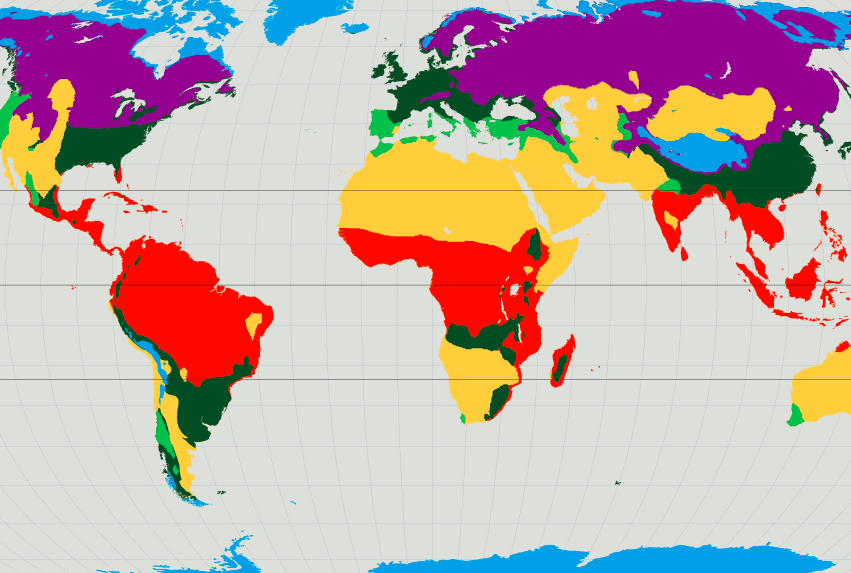
What’s the climate, anyway?
Climate is essentially the average weather conditions in a place over a long period of time — 30 years or more. And as you probably already know, there are lots of different types of climates on Earth.
Typically, the hottest regions are closest to the equator. This happens because the Sun’s light is most directly overhead at the equator. At the poles, light falls at an extreme angle, and only a part of its energy and warmth reaches the ground.
That’s why, in general, climate areas tend to be warmer towards the equator and cooler towards the poles. This varies with latitude.
How has it changed over time?
Over the past two million years, Earth’s climate continuously changed — usually very slowly. Long, cold periods called ice ages, or glacial ages, have been interspersed with warmer periods. The last ice age ended about 10,000 years ago. At its height, all of northern Europe and parts of North America, Siberia, New Zealand, Tasmania, and the southernmost tip of South America were covered by ice sheets up to 3,300 ft (1,000 m) thick.
As a result, we are currently living in a warm interglacial era that began about 11,000 years ago. We do have some ice at the poles, but it is still fairly warm compared to glacial eras.
These geological changes are common in the Earth’s history, but they are very different from the type of climate change we are observing nowadays. As opposed to a natural change, this is a man-made shift caused by the emission of greenhouse gases. Among the effects of this climate change, warmer climate zones will expand their range, and ice will melt in the polar areas, raising water levels.
What influences the climate?
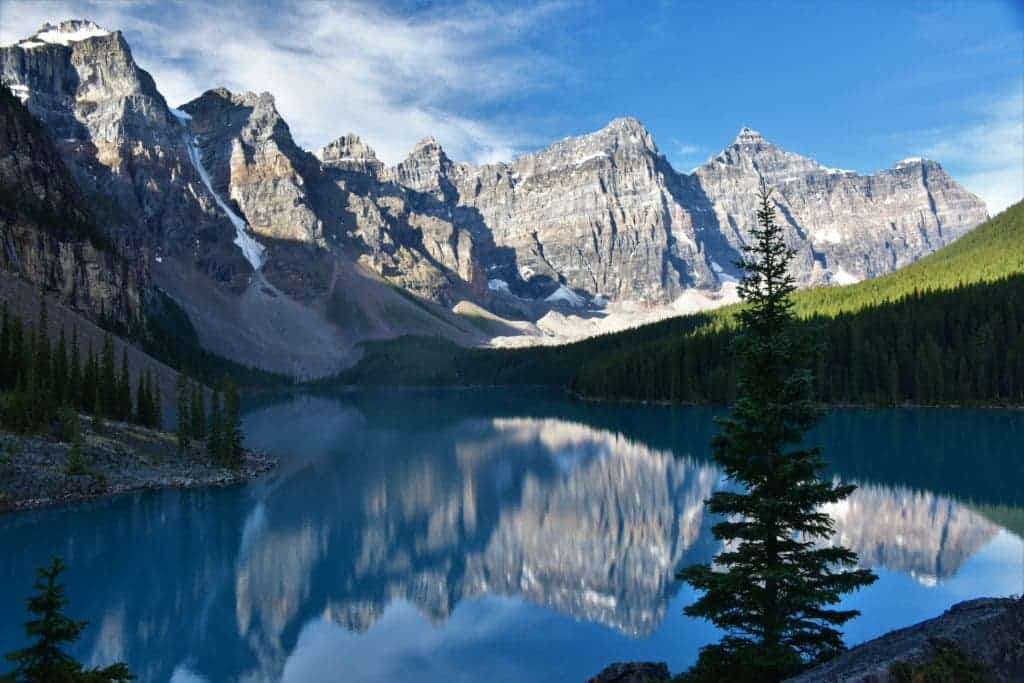
In the strictest sense, the climate is controlled by the energy absorbed and reflected from the Sun, as well as the heat generated inside the Earth through radioactive reactions.
However, the climate is also influenced by a number of local factors, such as the wind, oceans, and mountains. Here’s a brief overview:
- Latitude: One of the most important factors influencing climate is latitude. Climates tend to be warmer at lower latitudes, closer to the equator, and cooler at higher latitudes, closer to the poles. This is because the angle of the sun’s rays hitting the Earth’s surface is more direct at lower latitudes, resulting in more solar energy being absorbed.
- Altitude: Elevation can also influence climate. At higher elevations, the air is thinner and the temperature tends to be cooler. This is why mountain ranges often have a colder climate than the surrounding lowlands.
- Distance from the ocean: Climates can also be influenced by the distance from the ocean. Coastal regions tend to have a milder climate than inland regions because the ocean acts as a heat sink, absorbing and releasing heat more slowly than land masses.
- Prevailing winds: The direction of the prevailing winds can also influence climate. The direction of prevailing winds determines which type of air mass usually moves over an area. For example, a west wind might bring warm moist air from over an ocean. An east wind might bring cold dry air from over a mountain range. North and south of the Equator, the trade winds blow from the northeast and southeast, respectively. These winds converge in the tropics, forcing air to rise. This produces thunderstorms, humidity, and monsoons — characteristics of some climates.
- Topography: The shape and elevation of the landscape can also influence climate. Mountains can block the movement of moist air, leading to a drier climate on the leeward side. Similarly, valleys can trap cold air, leading to a colder climate.
- Ocean currents: The movement of ocean currents can also influence climate. For example, the Gulf Stream, a warm ocean current that flows from the Caribbean to Western Europe, helps to moderate the climate in those regions, making it milder than it would be otherwise.
How were the climate zones established?

There’s no clear delimitation, but most scientists agree on a few major climate areas.
In the early 1900s, climatologist Wladimir Köppen divided the world into five major climate groups. Moist, tropical climates are hot and humid, Köppen wrote. Steppes and deserts are dry, with large temperature variations. Plentiful lakes, rivers, or nearby oceans give humid, mid-latitude climates cool, damp winters and hot, dry summers. Some of these climates are also called “Mediterranean”. Continental climates occur in the centers of large continents.
Mountain ranges (or sheer distance) block off sources of moisture, creating dry regions with large seasonal variations in temperature. Much of southern Canada, Russia, and parts of central Asia would fall into this category. Cold, or polar, climates round out Köppen’s list. A sixth region, high elevations, was later added to the classification system.
To this day, Köppen’s general classification endures. Again, this is only a rough demarcation, and should only be considered a very broad climate classification.
Next, let’s take an indepth look at the five different climate zones or types of climate.
The main types of climate and their features
Tropical Climate: A World of Heat and Humidity
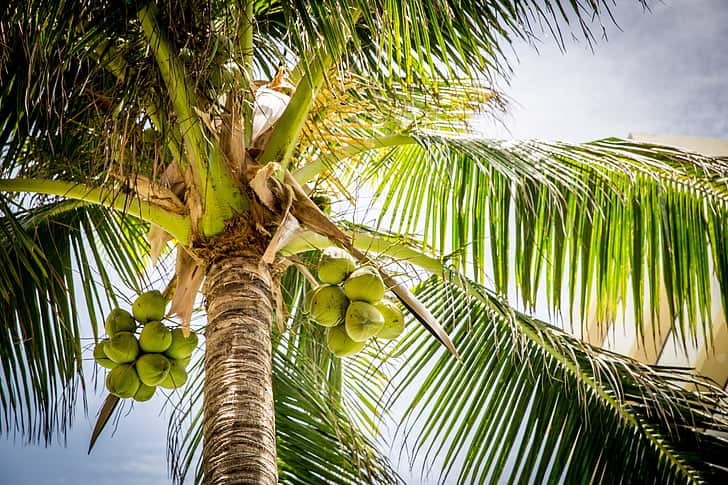
If you’ve ever dreamed of spending your days lounging on a white sandy beach or hiking through a dense, jungle landscape, then you’ve probably imagined yourself in the tropical climate zone. This region, found between the Tropics of Cancer and Capricorn, is characterized by high temperatures and high humidity, with little variation throughout the year.
Surprisingly, temperatures are not that extreme, generally 25-35 °C, and vary little. The hottest months are only two or three degrees warmer than the cooler times of the year. Because these regions are so close to the Equator, the length of day and night hardly varies throughout the year.
The tropical climate is home to a wide variety of plant and animal life, including lush rainforests, palm-fringed beaches, and diverse ecosystems. But it’s not all sunshine and rainbows in the tropics – the high temperatures and humidity can also lead to severe weather events such as hurricanes and typhoons.
One of the most striking features of the tropical climate zone is its year-round warmth and high humidity. However, there are also some variations within this region. For example, some tropical areas experience a wet and dry season, while others receive relatively consistent rainfall throughout the year.
| Tropical Climate Zone | Wet & Dry Season | Consistent Rainfall |
|---|---|---|
| Africa | West & Central | East |
| South America | East | West |
| Asia | Southwest | Northeast |
| Australia | Northeast | Southwest |
Dry Climate: A World of Scarcity

For many of us, the thought of living in a dry, arid region might seem like a daunting prospect. But for the plants and animals that call these regions home, the dry climate is a unique and challenging environment.
The dry climate zone is characterized by low humidity and little precipitation. This includes desert regions such as the Sahara in Africa and the Mojave in the United States, as well as semi-arid regions with slightly more rainfall.
Adapting to the Dry Climate
Plants and animals living in the dry climate have evolved unique adaptations to survive in this harsh environment. Many desert plants have deep roots to access underground water sources, while others have adapted to survive on minimal water by storing it in their leaves or stems.
Animals in the dry climate also have to adapt to the lack of water. Some species, such as the camel, are able to go for long periods without drinking water, while others, like the kangaroo rat, are able to extract moisture from the seeds they eat.
Commonalities and Differences Between Dry Climates
Despite the challenges of living in a dry climate, these regions are home to a wide variety of plant and animal life. However, there are also some differences between different dry climate zones. For example, desert regions can vary in terms of the amount of rainfall they receive and the temperature range.
In addition to these differences, dry climate regions can also vary in terms of the type of vegetation found there. For example, the Sahara Desert is mostly covered in sand dunes, while the Mojave Desert is home to a variety of cactus species.
Temperate Climate: Four Seasons and Moderate Temperatures
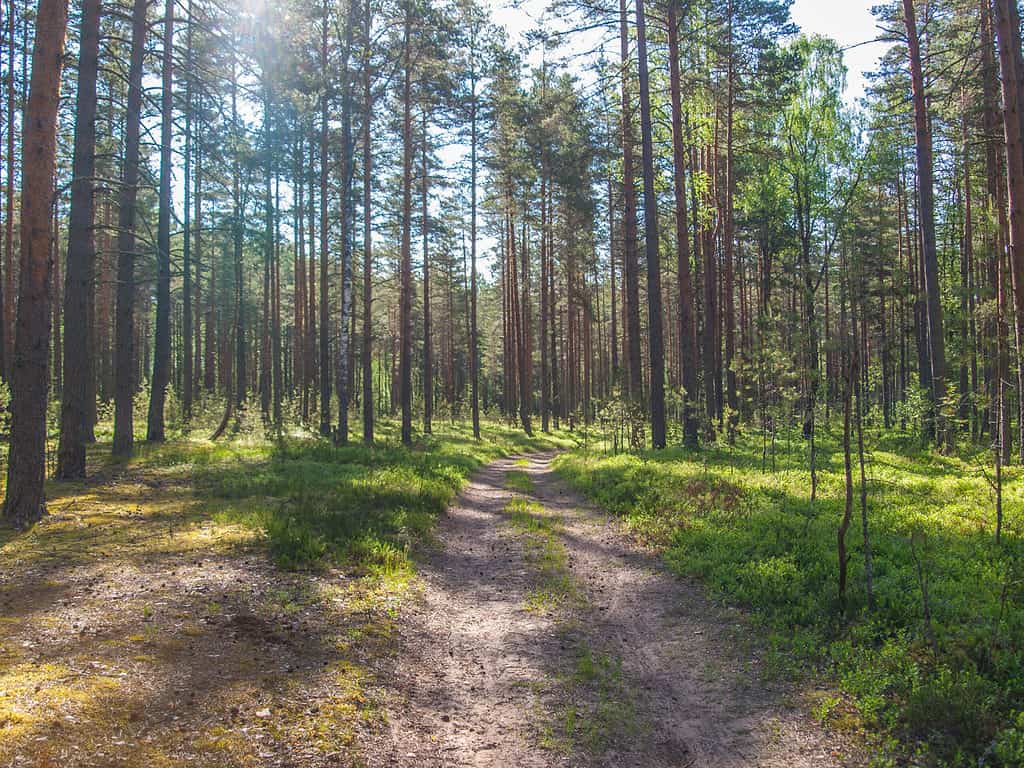
For many of us, the temperate climate zone is probably what comes to mind when we think of “typical” weather. This region, found between the tropics and the polar regions, is characterized by moderate temperatures and precipitation, with four distinct seasons.
The temperate climate is home to a wide variety of plant and animal life, including deciduous forests, grasslands, and a diverse array of species. It is also the climate zone where the majority of the world’s human population resides.
Despite its name, the temperate climate zone is actually quite diverse, with variations in temperature, precipitation, and other weather patterns. However, there are some commonalities between different temperate climate regions. For example, most temperate climates experience four distinct seasons, with warm summers and cold winters.
In addition to these commonalities, temperate climate regions can also vary in terms of the type of vegetation found there. For example, the United States is home to both deciduous forests and grasslands, while Western Europe is mostly covered in deciduous forests.
Continental Climate: Large Temperature Variations and Hot Summers
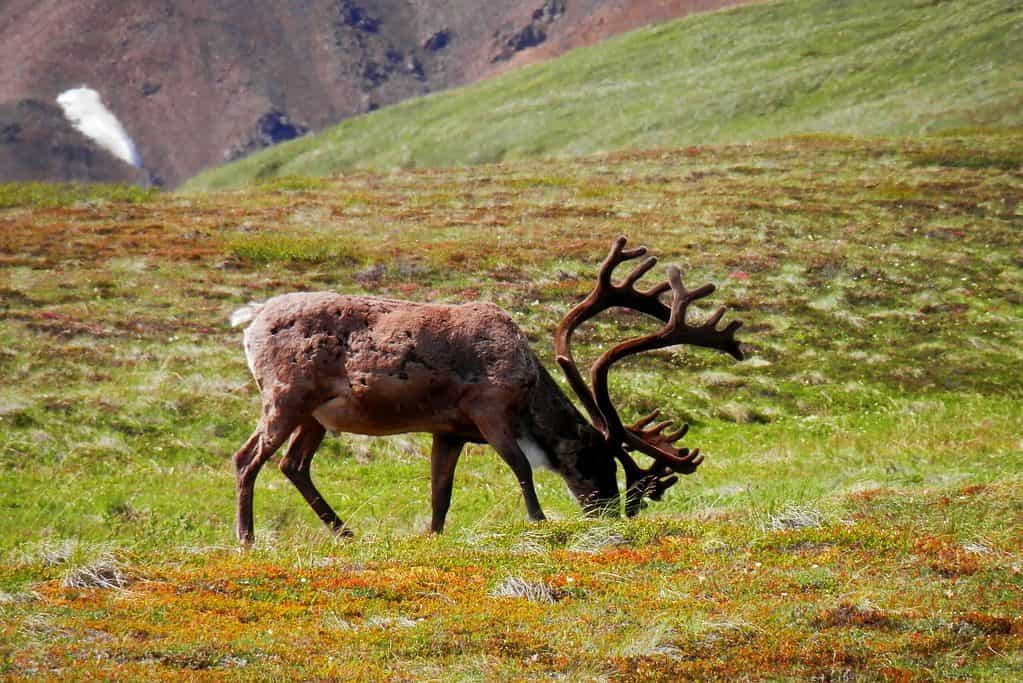
If you’ve ever experienced a summer heatwave or a bone-chilling winter cold snap, then you’ve experienced the effects of the continental climate zone. This region, found in the interiors of large land masses, is characterized by large temperature variations, with hot summers and cold winters.
The continental climate is home to a wide variety of plant and animal life, including deciduous forests, grasslands, and a diverse array of species. It is also the climate zone where some of the world’s most extreme weather events, such as tornadoes and blizzards, occur.
Despite its name, the continental climate zone is actually quite diverse, with variations in temperature, precipitation, and other weather patterns. However, there are some commonalities between different continental climate regions. For example, most continental climates experience large temperature variations, with hot summers and cold winters.
In addition to these commonalities, continental climate regions can also vary in terms of the type of vegetation found there. For example, the United States is home to both deciduous forests and grasslands, while Russia is mostly covered in coniferous forests.
Polar Climate: A World of Cold and Snow
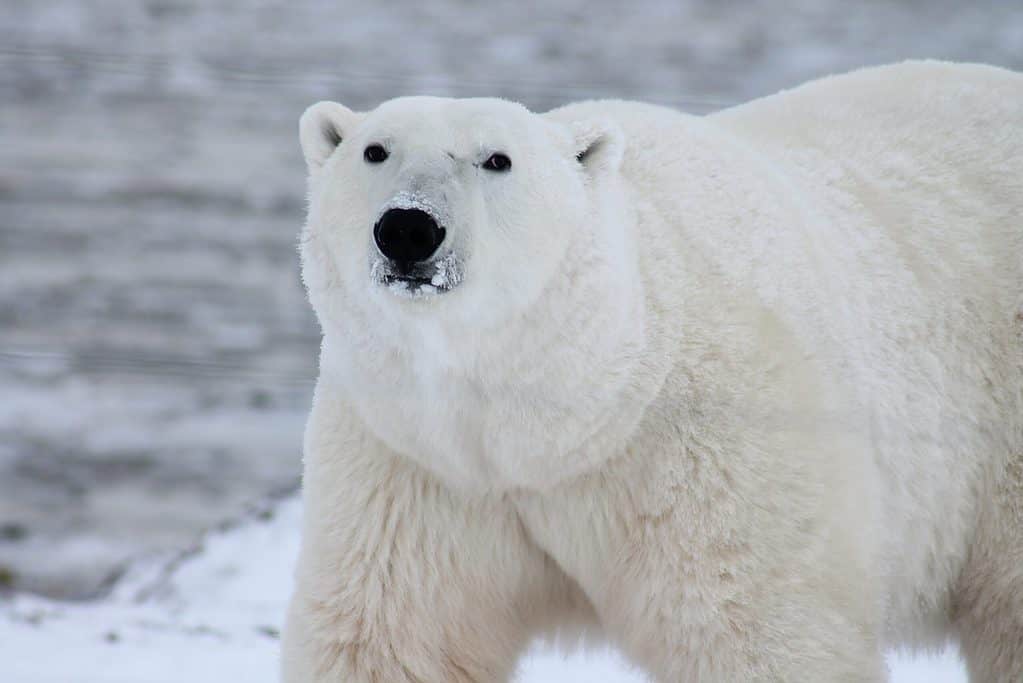
For many of us, the thought of living in a cold, snowy region might seem like a nightmare. But for the plants and animals that call the polar climate zone home, the cold is just another part of life.
The polar climate is characterized by cold temperatures and low levels of precipitation. This region is found in the polar regions, near the Earth’s poles, and includes areas such as the Arctic and Antarctica.
Winter temperatures fall to below -60 °C in the coldest regions, while summers range from a few degrees below zero to about 20 °C. Temperatures in the south are colder: winter temperatures often dip below -80 °C. The Antarctic interior is very dry – drier than many deserts. This is because the interior is a long way from the ocean and, as the temperature falls, so does the atmosphere’s capacity to hold the water vapor needed to make snow.
Plants and animals living in the polar climate have evolved unique adaptations to survive in this harsh environment. Many polar plants have adapted to survive long, dark winters, while animals like polar bears and arctic foxes have thick fur coats to keep warm.
Despite the challenges of living in a polar climate, these regions are home to a wide variety of plant and animal life. However, there are also some differences between the two polar climate regions. For example, the Arctic, which is located in the Northern Hemisphere, is mostly covered in ice and snow, while Antarctica, located in the Southern Hemisphere, is a continent mostly covered in ice.
In addition to these differences, polar climate regions can also vary in terms of the type of vegetation found there. The Arctic is home to a variety of tundra vegetation, including mosses, lichens, and small shrubs, while Antarctica has no permanent vegetation.
Will climate zones change in the future?
From the steamy tropics to the icy polar regions, the Earth’s surface is home to a wide variety of climate zones. These distinct regions, each with its own unique weather patterns and characteristics, play a crucial role in shaping the diversity of life on our planet. Whether you’re lounging on a white sandy beach or bundled up in a thick coat, the climate you experience is just one part of the incredible diversity of our world.
Some scientists believe that Earth will enter another ice age in just a few thousand years. However, virtually all climate scientists believe that greenhouse gas emissions caused by human activities is slowly causing the planet to grow warmer — a phenomenon called global warming, which can alter the climate zones. The global average temperature has already increased by 1ºC compared to pre-industrial levels and shows no sign of stopping.


